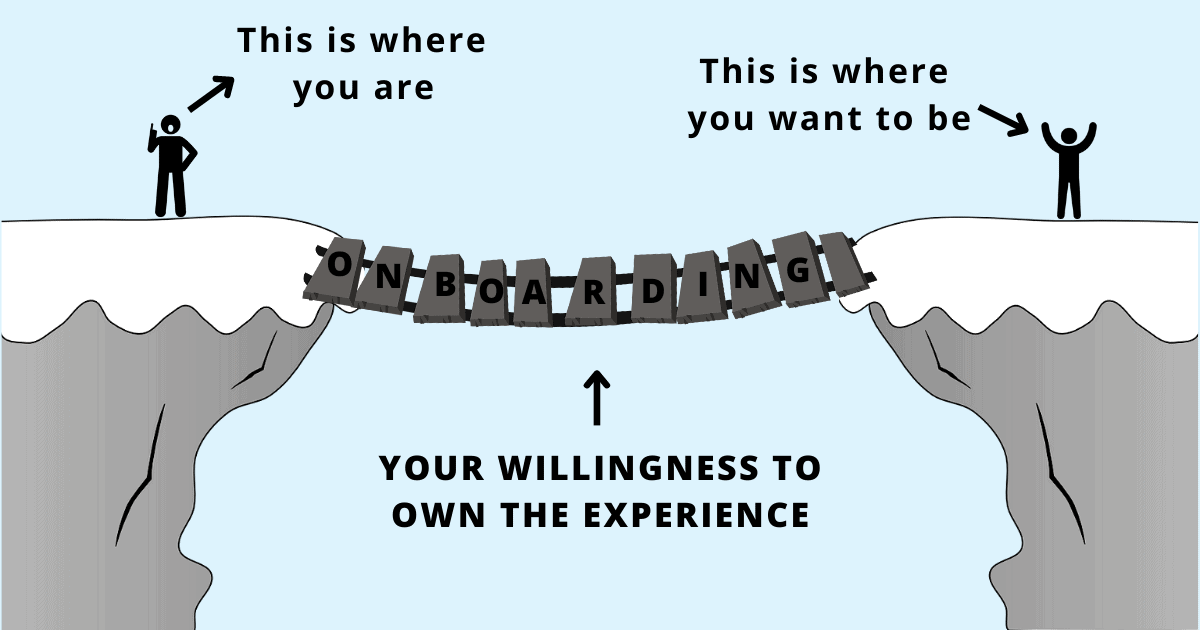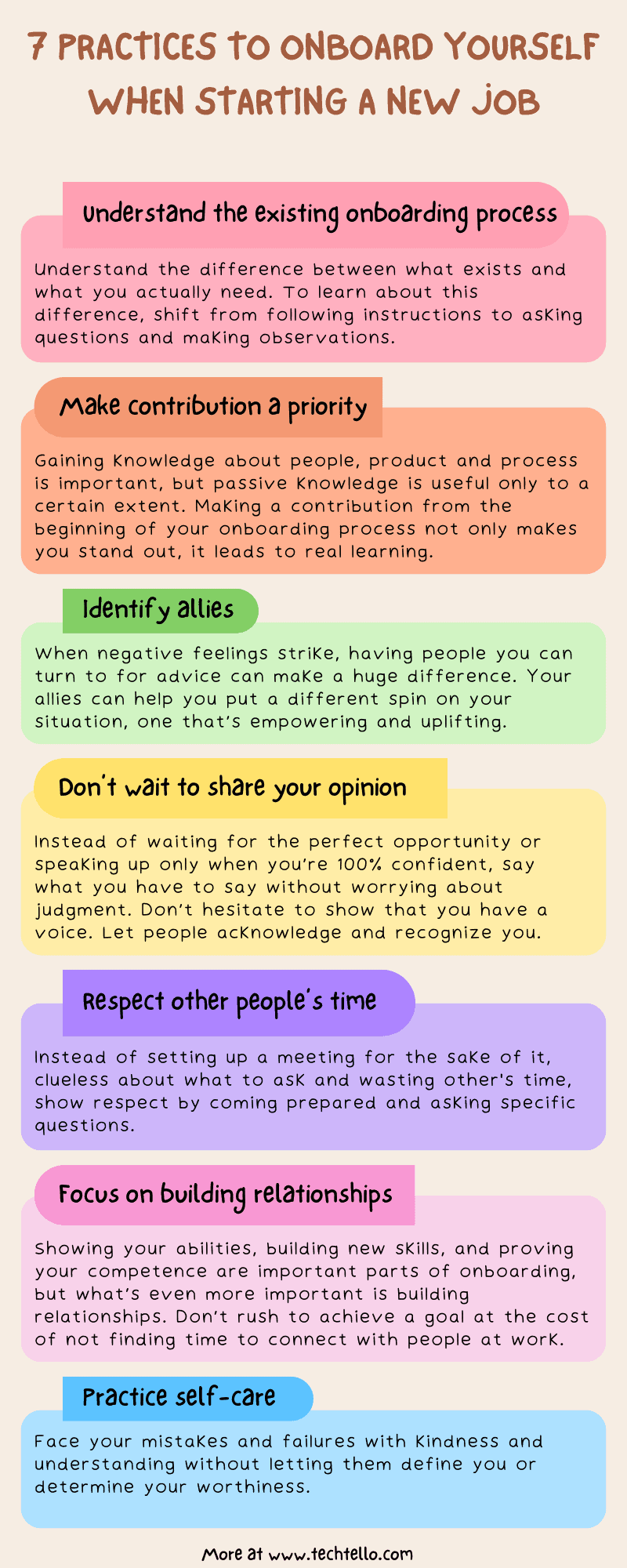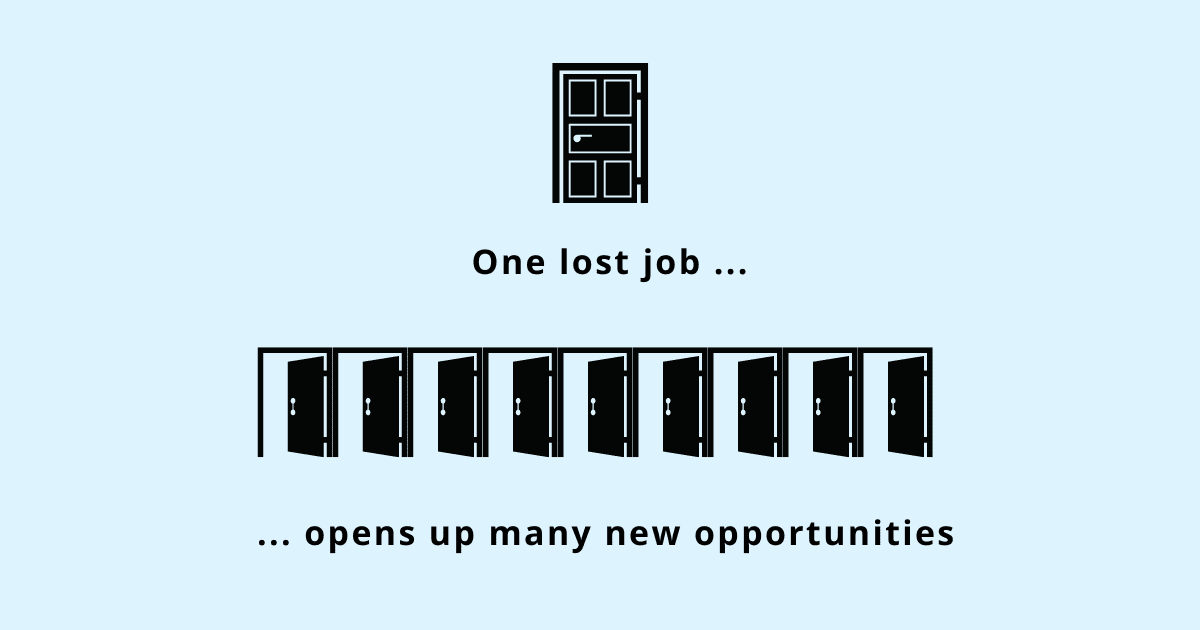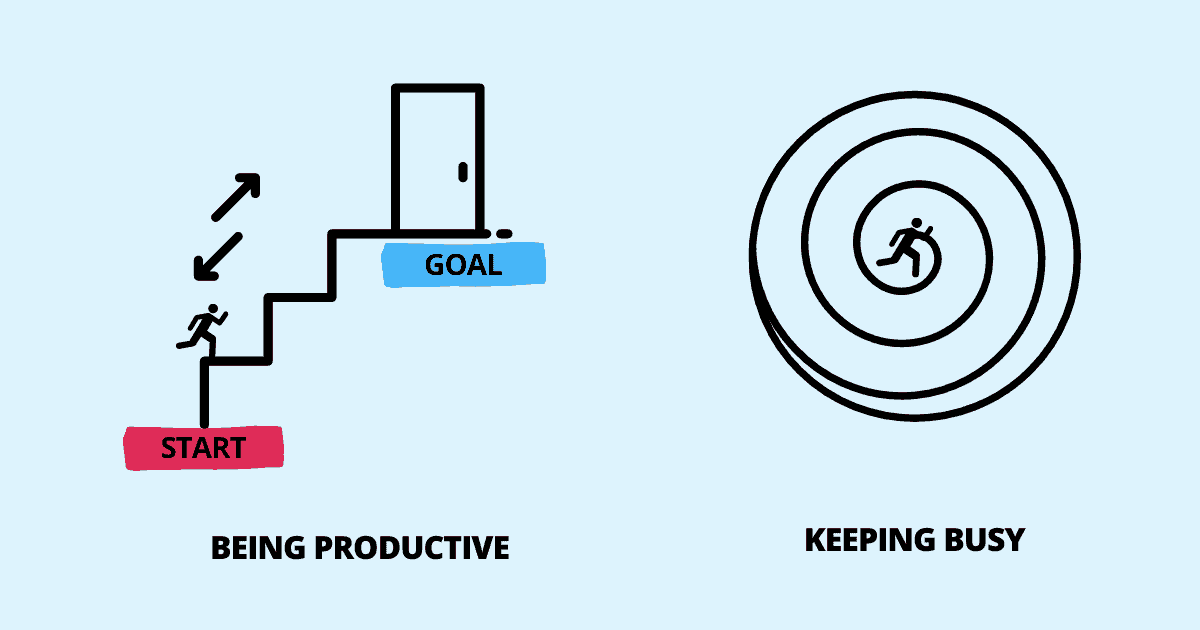7 Effective Practices to Onboard Yourself in Your New Job

What’s the one big difference between employees who stand out within the first few months of joining and those who struggle to fit in?
It’s not their brilliance that catches other people’s attention or their talent, skills, or knowledge that makes them superior to others. They don’t have better resources, an excellent team, or a great manager (though those things are useful in so many other ways).
New hires who do well at work stand out because they own their onboarding experience. Instead of letting the onboarding process in their organization determine where they end up, they get into the driver’s seat, buckle themselves up and get to work.
Owning who they interact with, what they do, and how they learn not only gives them the context and clarity to do their job well, navigating the complexities and challenges within the first few weeks on the job on their own gives them a sense of control; taking responsibility for their experience gives them the mental space needed to take action and move forward.
When they don’t do so well or struggle through something, instead of wasting their mental cycles on justifying their poor performance—by holding someone or something else responsible—they use it to determine what they are doing wrong and what they can do to get better.
The question stands: isn’t your manager expected to onboard you? Yes, that’s the expectation. But what if the onboarding process at your organization sucks or your manager does not have as much time as the process needs to make it work? What’s better—complaining about not getting what you deserve or taking responsibility for your own learning and growth at work? Yes, you may not get the perfect onboarding experience, but getting frustrated, feeling wronged, or blaming your manager isn’t going to fix your problems.
Negativity pulls negativity. Feeling bad about yourself and getting caught up in those negative emotions can cloud your judgment—with destructive behaviors and bad decisions that make the onboarding experience not only unpleasant but also unproductive. If you’re serious about onboarding, follow these 7 practices to onboard yourself when starting a new job and take your growth into your own hands.
But first, let’s define what should be your goals from onboarding:
- Gain relevant knowledge and context to do your job well.
- Gain confidence by feeling in control and starting off right.
- Get recognized by creating value.
- Appear as someone who’s proactive and takes responsibility for their own growth.
David Allen writes in Getting Things Done “You are the captain of your own ship; the more you act from that perspective, the better things will go for you.”
7 practices to onboard yourself when starting a new job
1. Understand the existing onboarding process
In the beginning, it’s essential to understand the difference between what exists and what you actually need. To learn about this difference, shift from following instructions to asking questions and making observations.
What exists:
- Does your organization have a formal onboarding process? What’s the duration? What does it include?
- What are the expectations during and at the end of that duration? Knowing what’s expected later will help you prioritize onboarding effort to align with the work you need to do once onboarding is over.
- Is your onboarding limited to your own team or does it involve other cross-functional teams?
What you need:
- Understand the kind of work your team is involved in and the skills required to do well in your role.
- Information you need to make better decisions—product knowledge, business understanding, operations context, or details on a specific technology.
- Context on how decisions have been made in the past and factors that led to those decisions.
- Stakeholders and other functional counterparts you need to collaborate with.
- Team dynamics, communication practices, and other processes you need to follow.
Once you understand this difference, actively bridge the gap between what’s part of the process and what you actually need.
2. Make contribution a priority
Gaining knowledge about people, product and process is important, but passive knowledge is useful only to a certain extent. Making a contribution from the beginning of your onboarding process not only makes you stand out, it leads to real learning. Your initial deliverables don’t have to be grand or big projects with huge impact. Start small by identifying opportunities where you can help—bug fix, documentation, automation, analytics, or sharing your ideas and suggestions.
Michael Watkins writes in The First 90 Days “Secure early wins. Early wins build your credibility and create momentum. They create virtuous cycles that leverage the energy you put into the organization to create a pervasive sense that good things are happening. In the first few weeks, you need to identify opportunities to build personal credibility.”
Identify the gap between where you are now to a place where you can start contributing:
- What information do you need?
- What permissions or access control do you need in place?
- In which areas do you have the biggest gaps at the moment?
- What seems like a good order to gain context and build the knowledge you need (think of it in terms of the sequence of steps).
- Identify a small win. What should be your priority? What seems like a feasible timeline to implement it? How can you communicate this to your manager and seek an alignment?
When you start contributing on your own, your manager will have one less thing to worry about. They will admire your efforts to be proactive and take charge of your own onboarding, learning, and growth.
3. Identify allies
New environment, new people, new projects, and new processes along with other challenges of the new job puts your body on high alert. Everything feels like a threat in the beginning.
If you aren’t careful:
- Minor disappointments can turn into major setbacks.
- Small discrepancies in expectations can put you off.
- You may feel out of place and adopt self-sabotage behaviors (people-pleasing, procrastination, etc) to deal with the feeling that you don’t belong.
- Seeing how well others are doing can lead to feelings of resentment and jealousy.
- You may worry excessively about not doing well wasting precious time in rumination than taking action.
Anna Barnes writes in How To Be Resilient “Your support network is the solid ground from which you can propel yourself upwards.”
In those moments when negative feelings strike, having people you can turn to for advice can make a huge difference. Your allies can help you put a different spin on your situation—one that’s empowering and uplifting. They can help you see how your feelings are part of a shared human experience and not something unique to you.
Onboarding does not have to be a bitter experience if you have the support of the people you need. To identify your allies at work:
- Observe people around you—how do they behave with others? Are they helpful? Do they try to lift others up or pull them down?
- Your allies don’t need to be from your own team. Look for people from other teams, functions, and departments who are genuinely interested in helping others.
- Approach them from time to time and seek their advice.
Don’t shy away from approaching others just because you don’t know them yet. Take the initiative to know them better and build the trust to be part of their support network.
4. Don’t wait to share your opinion
The biggest fear during the onboarding process is “speaking up.” You may find it hard to voice your opinion or share your ideas even when you have something valuable to say—what if you say something stupid? What if others find you dumb? What if they ignore your suggestions? Keeping quiet in the beginning may seem like a safe bet, but playing safe will not lead to learning. Real growth requires stepping outside your comfort zone.
Instead of waiting for the perfect opportunity or speaking up only when you’re 100% confident, say what you have to say without worrying about how others will judge you. Don’t hesitate to show that you have a voice. Let people acknowledge and recognize you.
Here are a few do’s and don’ts while doing so:
- Don’t try to appear smart.
- Don’t pass mean remarks or rude comments.
- Don’t judge others or be critical of their suggestions.
- Do invite feedback.
- Do state it as an opinion.
- Do stay open-minded.
When you speak up and share with the right intent, even if your ideas aren’t the best, others will appreciate your input and admire your confidence.
5. Respect other people’s time
Your onboarding does not happen in silos. It places an actual demand on other people’s time. If your work involves collaborating with people from other teams and functions or you’re in a managerial/leadership position, your onboarding should involve 1:1 time with a significant number of people. Understanding the areas they own and the specific challenges of their team can give you insights into how to work better together.
Instead of setting up a meeting for the sake of it, clueless about what to ask and wasting their time, show respect by coming prepared and asking specific questions.
- What areas do they own?
- What parts of your work overlap?
- How can you contribute?
- What challenges have they faced in the past while working with others and how can you make it easier for them?
- Ask for their advice on who else to meet.
A great conversation where they feel valued and respected will leave them feeling energized and lead to building trust in the long term.
6. Focus on building relationships
Showing your abilities, building new skills, and proving your competence are important parts of onboarding, but what’s even more important is building relationships. Don’t rush to achieve a goal at the cost of not finding time to connect with people at work. Prioritizing work over getting to know your coworkers, hanging out, and spending a few fun moments with them is a big career-limiting mistake. Since a large amount of time at work is spent collaborating with others, building relationships with people goes a long way in making it easier to get work done.
Show curiosity. Get to know them as a human:
- What do they like?
- What puts them off?
- Where are they from?
- What are their strengths?
- What are they currently working on?
- How do they find work?
- What are their hobbies?
- What kind of music, food, and life do they enjoy?
…etc etc. I hope you get the idea.
Spending a little bit of time getting to know others will go a long way in building trust. Knowing others beyond work will not only make work more meaningful, it will open up new opportunities for you. When others trust you, they’re more willing to work with you.
7. Practice self-care
Irrespective of how hard you try or how much effort you put into your onboarding, everything will not go as expected:
- You will make mistakes.
- Some things will turn out to be harder than expected.
- You will fail to get the desired results.
- You will struggle to come up with a solution to a problem.
Whatever the reason, Kristin Neff, a pioneer in self-compassion study suggests that you be kind towards yourself in those moments—stop judging and evaluating yourself altogether. Don’t label yourself as “good” or “bad” and simply accept yourself with an open heart. This path she suggests leads to self-compassion “Instead of mercilessly judging and criticizing yourself for various inadequacies or shortcomings, self-compassion means you are kind and understanding when confronted with personal failings. Instead of just ignoring your pain with a “stiff upper lip” mentality, you stop to tell yourself “this is really difficult right now,” how can I comfort and care for myself at this moment?”
Self-compassion is the ability to face your mistakes and failures with kindness and understanding without letting them define you or determine your worthiness. It’s having the same sense of warmth, empathy, and positive regard for yourself as you would have for another person when they are dealing with a difficult circumstance.
For example, if a friend approaches you and tells you how they screwed up the other day and now feel completely unworthy of their position, would you not comfort and reassure them, remind them of how smart and capable they are, and explain that mistakes are a natural part of learning and growing? Self-compassion is giving yourself the same reassurance whenever you fail or feel inadequate: “Mistakes don’t define me. I can learn from this mistake. I can implement a new strategy and try again.”
Practicing compassion will give you the resilience to learn from your mistakes and enable you to move ahead when faced with setbacks instead of getting stuck in endless rumination about what went wrong.
If you’re just getting started on a new job, congratulations! Instead of expecting your manager or a mentor to be in charge of delivering the perfect onboarding process, make onboarding a priority for yourself—bridge the gap between what exists to what you need to know, make contribution a priority, identify allies, don’t hesitate to share your opinion, respect other people’s time, build relationships and be kind to yourself in difficult moments.
Remember this: No one can do it better than you because no one can be as invested in your growth as you.
Summary
- Onboarding a new team member properly should be every manager’s priority. But what if the onboarding process in your organization lacks or your manager refuses to consider it their priority? Instead of lamenting and wasting time thinking about “what’s not happening,” spend that time and energy designing your own onboarding experience.
- Identify the gap between “what exists” and “what you need” to work well in your role. Actively bridge this gap by designing a sequence of steps to reach your goal.
- Acquiring knowledge is a useful part of onboarding, but putting that learning into practice is what counts. It will make learning not only more useful but also long-lasting.
- You will need a lot of support in the beginning. Identify people you can count on to give you advice.
- Share your ideas and opinions with others not to prove your smartness but with the attitude to add value, and learn from others.
- If you set up a 1-1 meeting with another person, be prepared to ask them useful questions to get to know them better, their role, and the challenges they face at work. Look for areas of contribution and how you can effectively collaborate.
- Prioritize relationships over getting work done. In the long run, how you connect with others will matter more.
- Finally, your onboarding experience won’t be without its challenges. Be kind to yourself when the going gets tough.






























